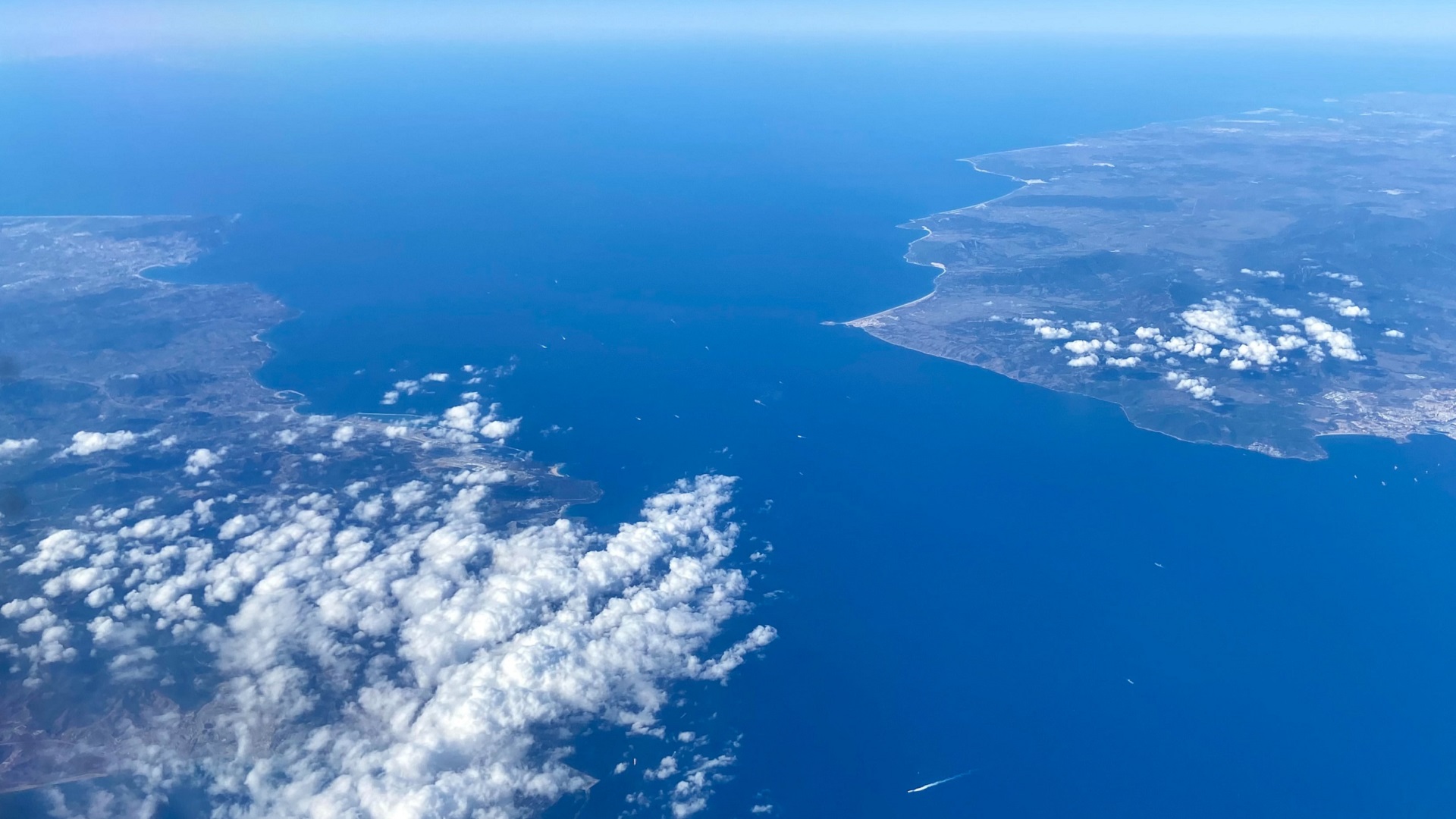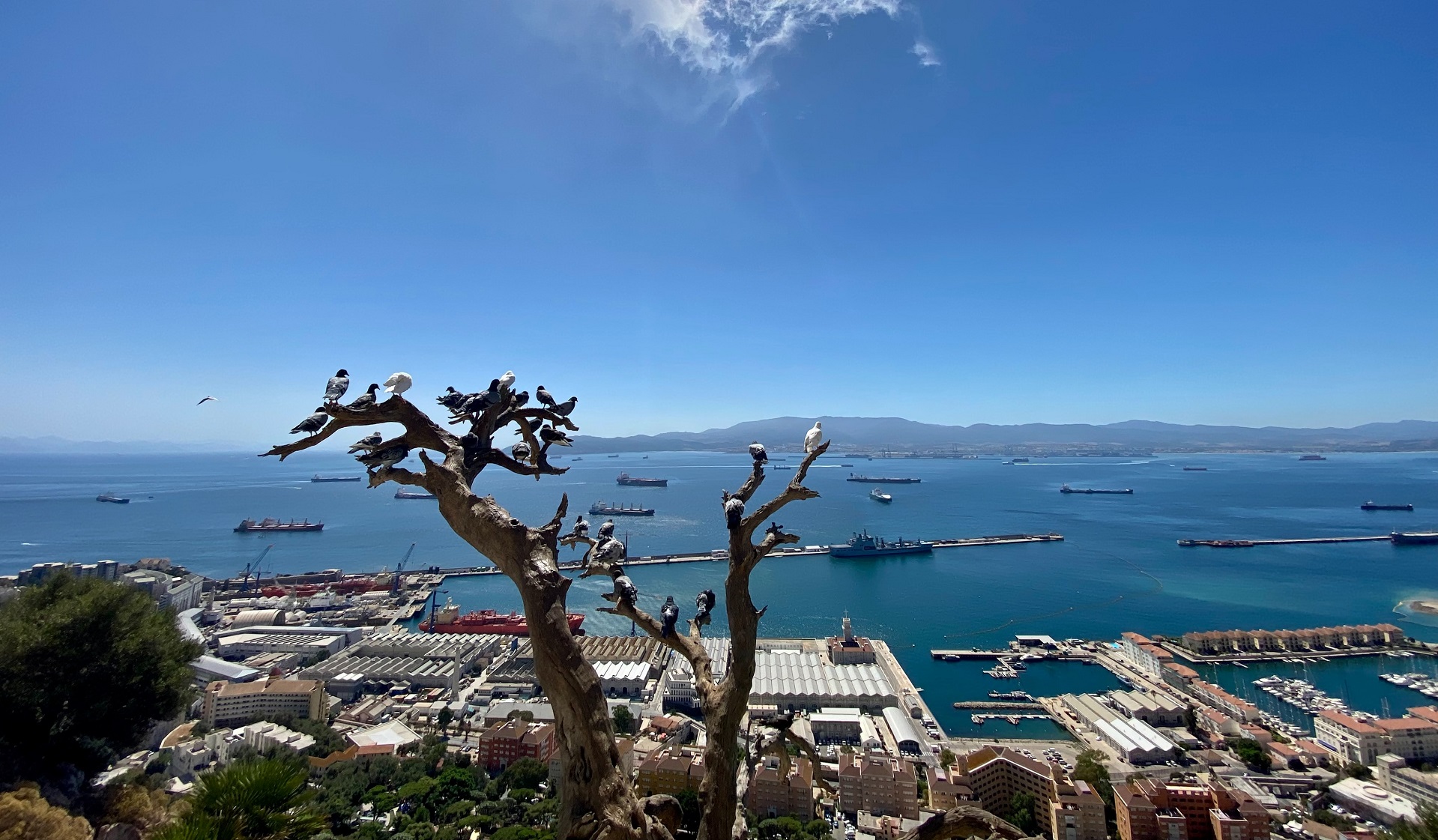Is it possible to connect southern Spain and northern Morocco with a bridge or a tunnel at the narrowest point of the Strait of Gibraltar, a distance of 14.4 km? What is the scale of such a challenge? In any case, it is far more complex than the construction and commissioning of the Eurotunnel, which bridged the 50 km of the English Channel. Let us see why:
The main difficulty in building a tunnel or bridge between the two countries lies in the active fault running deep into the Strait of Gibraltar. This fault marks the friction point between the African tectonic plate to the south and the Eurasian plate to the north. Therefore, part of the pillars of our hypothetical bridge would rest on one of these plates and part would rest on the other. A tunnel would have to pass through the friction zone to pass from one plate to the other. However, this fault is responsible for the most intense seismic movements in the area and is under constant stress. That stress would immediately be transmitted to the bridge or tunnel.
But the construction of a hypothetical bridge would face new challenges. Firstly, ocean currents are extremely strong in the strait. These would require the construction of large pillars, which would have to be concreted in the presence of these currents. Then there are the depths of the strait. The supports of the bridge would have to reach heights of an average of 300 m and up to 900 m at the deepest points.
Finally, we must consider that a bridge across the Strait of Gibraltar should be high enough to allow the passage of large ships without restricting their traffic. However, in addition to possible earthquakes, the bridge deck must also be able to cope with underwater currents and strong winds.
For all these reasons, the studies and approaches still underway generally conclude that, from a technical point of view, the use of ships and ferries is more viable and cost-effective than a bridge or a tunnel to cross the narrow strip that separates Europe from Africa.
By Jorge Laguna, Head of the Structures Section of Amusement Logic’s Architecture Dept.








